Canada Beef Performs Newsletter
We respect your right to privacy. We will not share or distribute your personal information and you can opt out anytime. ~Canada Beef

Canada maintains a strong commitment to the control and elimination of serious animal diseases through our National Animal Health Program. This program administered by the Canadian Food Inspection Agency requires ongoing surveillance and is supported by the Canadian Cattle Identification System, the first of its type in North America.
Canada’s food safety system for beef slaughter and fabrication is based on the internationally recognized HACCP model. The focus of HACCP is the prevention of foodborne illness, which continues to be the most important priority of the Canadian beef industry.
Quality grades are assigned to carcasses by a Canadian Beef Grading Agency certified grader. The marbling thresholds that define USDA Prime (slightly abundant), Choice (small) and Select (slight) are also used in Canada to segregate youthful maturity carcasses into Canada Prime, AAA and AA respectively
Grain feeding contributes to well-marbled, flavourful and tender Canadian beef with firm, white-coloured fat. Canadian feeding practices enable approximately 90% of fed cattle to reach optimum market weights at 24 months of age or less. A younger age at harvest enhances tenderness and overall eating quality.